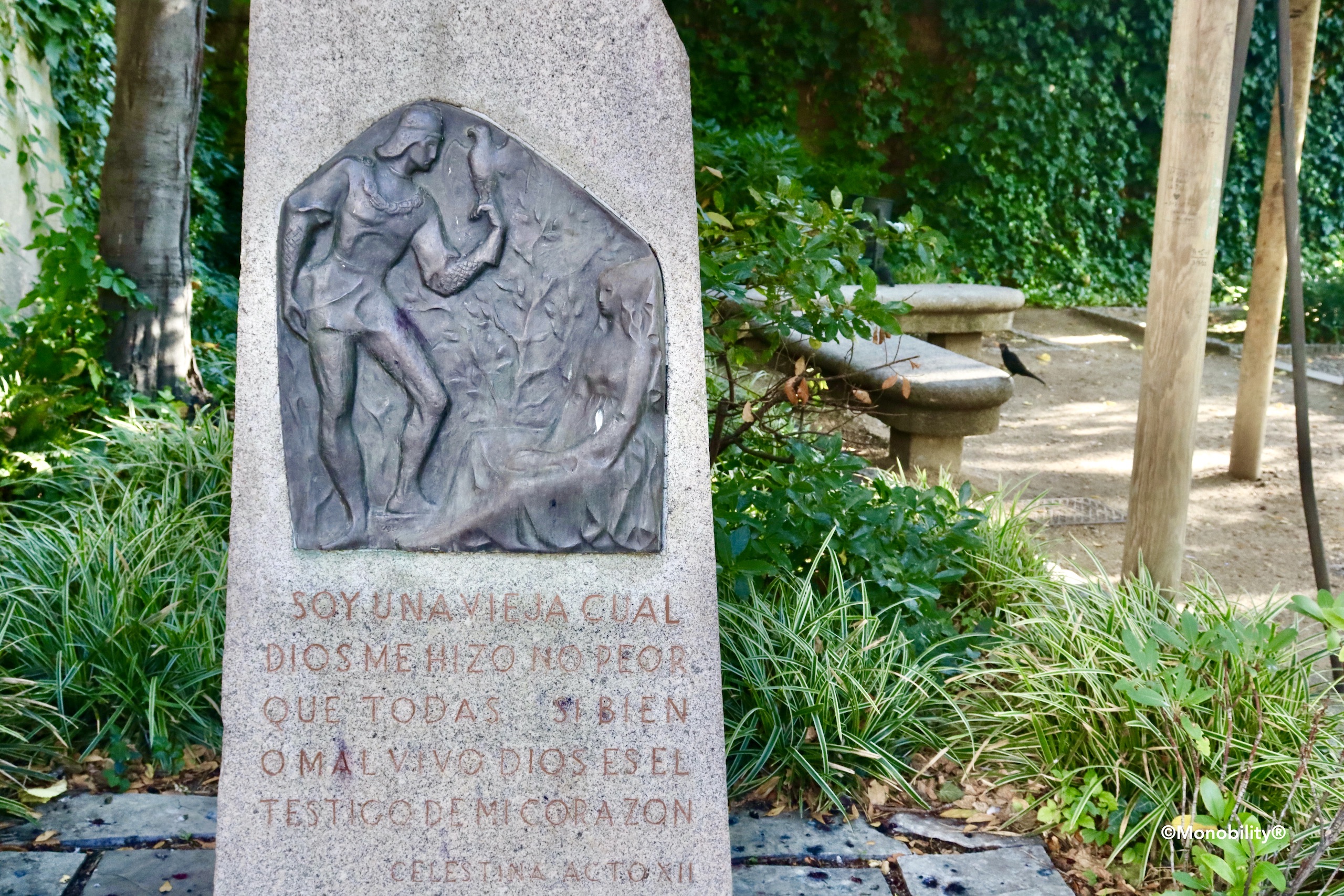If you like a foreign language, you should be able to say confidently “I like (something).” The challenge is that we humans have grammatically inconsistent ways to say the simple “I like.” For example, you would say in Spain “Me gusta el jamón (Jamon pleases me).” But the moment you cross the border to arrive in Portugal, you should switch to a different conjugation of the etymologically identical verb gostar – gustar: Eu gosto de jamon (I like jamon). And if you fly to Italy, you would have to switch back to “Jamon pleases me” (Mi piace il jamon). Overall, humans seem to be reluctant to unify the way to express the simplest emotion such as “I like,” just as we can’t even agree on abolition of the daylight savings time around the world. ^^
The Korean language is not an exception. There are two basic ways to say “I like” in Korean: 1) using an adjective 좋다, and 2) using a verb 좋아하다.
- Subject-이/가 (Subject Marker) + 좋다 [Adjective: to be good]
This structure is actually a basic sentence using an adjective in a predicative position. The connotation is similar to “it pleases me.”
- 한국이 좋아요. I like Korea. [Literally, “Korea is good (to me)” ]
- 당신이 좋아요. I like you. [Literally, “You are good (to me)” ]
To specify “I” as the subject, you can start these sentences with 나는, 저는, etc. using a topic marker 은/는.
- 나는 하몬이 좋아요. I like jamon.
Remember, “좋다” is an adjective here. It isa glaring error for a beginner to use an object marker (-을/를) with it. With 좋다, you should use -이/가. Or you can even omit it. But never use -을/를 with it.
- Object-을/를 (Object Marker) + 좋아하다 [Verb: to like]
This structure is a real deal – a clear expression of attraction or liking something or somebody. Unlike the adjectival structure 1 above, 좋아하다 is a verb, so it conveys a bit more active connotation of liking, rather than just a passive emotion.
- 저는 한국말을 좋아해요. I like the Korean language. [한국말 Korean+을 (object marker) + 좋아해요 (좋아하다 to like => (verb)-아/어/해요 conjugation in normal register) ]
- (당신을) 좋아해요 I like you. [ Korean way to “declare the war of affection” for the first time. Similar to “I’ve got a crush on you.” You don’t say “I love you” just out of the blue, do you? And in Korean, even if you omit the object 당신을 or 너를, or the subject 나는/난, a simple “좋아해요” is more than enough to get across your message to the listener, your object of affection here. ]
- 나는 하몬을 좋아해요 = 나는 하몬이 좋아요. I like jamon.
Remember, “좋아하다” is a verb. It would be an equally glaring error for a beginner to use a subject marker -이/가 for the object of affection here. With 좋아하다, you should use -을/를. Or you can even omit it. But never use -이/가 for the object of the verb “to like.”
In Episode 12 of 수상한 파트너 Suspicious Partner (2017), 지창욱 rejects 남지현’s words of affection “좋아해요” by saying downright “좋아하지 마,” which is essentially a negative command, from a linguistic viewpoint. Here is the simplest way to say a Negative command in Korean:
Simply add -지 마세요 or -지 말아요 to the verb stem. No insertion of any connector phoneme is necessary. It’s that simple.
- 날 좋아하지 마세요 = 날 좋아하지 말아요 Please don’t like me. [ normal register ] => 날 좋아하지 마 Don’t like me. [ informal register ]
- 먹지 마세요 Don’t eat (it) [ 먹다 to eat => 먹-지 마세요 Don’t eat! ]
- 제발 가지 말아요 Please don’t go! [ 가다 to go => 가-지 말아요 don’t go! ]
- 날 위해 울지 말아요, 날 위해 슬퍼(하지) 말아요 Don’t cry for me, don’t be sad for me [ from 이은하, “미소를 띄우며 나를 보낸 그 모습처럼 (Just like your smiling face as you let me go)” ]
But then, 10 episodes later, 지창욱 wants to get back 남지현’s affection, saying “좋아해 주라” which is a positive request, linguistically. To say a positive request in Korean, you would have to apply the Rule of Vowel Harmony (See my previous posts: http://monobility.com/54-how-to-say-must-have-to-in-korean-아-어야한다-rule-of-vowel-harmony-모음조화-recap-korean-modernist-poem/ http://monobility.com/55-rule-of-vowel-harmony-모음조화-even-if-도-whether-or-not-든지-말든지-든가-말/ ) Basically, you add “주세요” to the verb stem, but insert a phoneme -어 or -아 depending on the last vowel of the verb stem. If the verb ends with -하다, use -해.
- 창문 좀 열어 주세요 Open the window, please. [열다 to open => 열+어 주세요 Open, please. ]
- 롯데 호텔로 가 주세요 Please go to Lotte Hotel. [ To the taxi driver. 가다 to go => 가 주세요 Go, please. = “Please take me to … “ ]
- 나 좀 좋아해 주라 Like me a little bit, please [ 좋아하다 => 좋아해 주세요 please like me => 좋아해 주라 informal register ]




